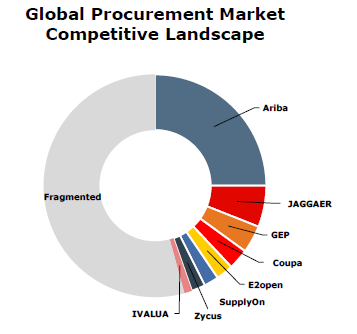eProcurement
There are many organizations that have adopted eProcurement solutions, reaping important benefits in terms of:
- Activities automation
- Improvement of purchase flows
- Outgoings control
Management Key aspects
Supplier Management: it is the whole function referred to what supplier management is, that is, which involves the function of scouting, administration and management of the relationship with current or potential suppliers. Supplier management typically consists of two elements: supplier relationship management and supplier information management.
Source-to-contract (S2C): end-to-end process undertaken by an organization when identifying and sourcing products or services. S2C deals with strategic procurement and contract management activities and it is generally composed of eSourcing and contract management.
Procure to Pay (P2P): describes the process of ordering a product or service from a supplier, up to the payment of the services or any returns. In this case, adopting an eprocurement software can help in the process management, budget control up to invoice processing.
- Spend Analitics: process of identify, collecting, cleaning, grouping, classification and analyzation of expense’s data. This is done with the aim of reducing procurement costs and improving efficiency by increasing visibility and transparency. Using real-time data and analytics provides the information you need to save money and increase efficiency. It is used to display data so you can take the best sourcing and supplier decisions. Moreover, It improves the compliance of the contract, the reduction of times and highlights the “maverick” expense items.
- Category Management: the process is basically based on three distinct phases.
Macro analysis of needs (contracts, invoices, expense mapping), definition of any evolutionary model. 2- Definition of documentation (specification, sla, supplier selection), publication of request for offer (RdO), analysis of the tender responses, adjudication. 3- Post-tender. - Supplier Management: allowing the identification of the best suppliers in line with business needs. Manages supplier qualification based on business requirements. Evaluate the performance of suppliers and supplies. Allows access to pre-qualified suppliers.
- Sourcing: represents the strategic planning of the approval.
- Contract: generation and management of digitized contracts.
- Invoicing: management of digitized invoices.
- Inventory Management: centralized management and tracking (incoming / outgoing) of the warehouse.
- SAP Ariba: platform that both manages orders to suppliers, and finds new relationships and contacts on a global scale allowed with the management of the entire procurement process, from the first contact with suppliers to the management of orders.
- Jaggaer One: platform that enables the transformation of the entire procurement process from source to pay, offering flexibility, extension and accuracy in spending management. The platform is designed for integration with other systems and fully meets the requirements of the Public Procurement Code and ANAC obligations .
The chart below shows the market positioning of the two solutions


